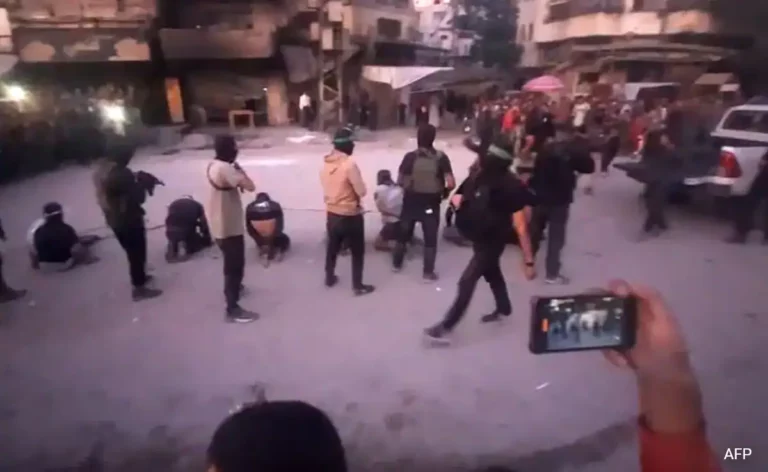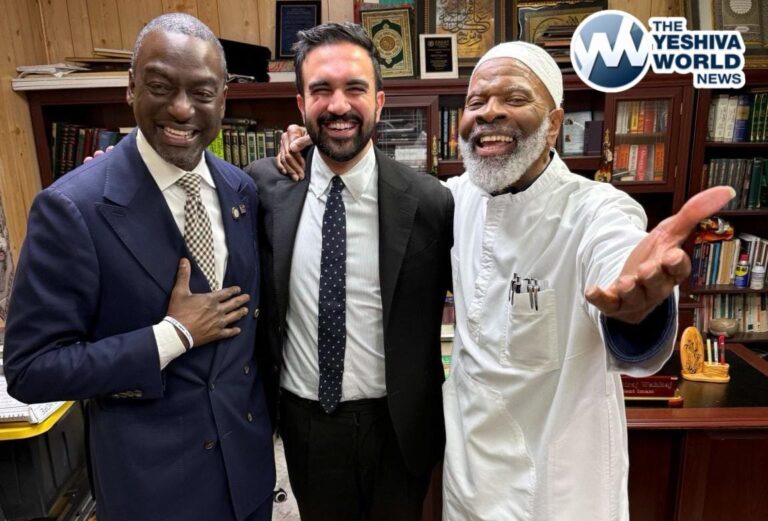Parshas Bamidbar begins with the counting of klal yisroel. When reading the parsha it seems rather evident that the commandment given to Moshe Rabbeinu to count klal Yisroel was only given in the second year after they left Mitzrayim, as mentioned in the pasuk (1; 1). Only then was Moshe commanded to tally the bnei Yisroel.
The puzzling question is wasn’t Moshe commanded to count them as soon as they left Mitzrayim? It was important that they be counted but why wait until the second year after they were freed from Mitzrayim and not right away?
Additionally, it seems from the way they were counted and from how they were grouped together that it was just as important as actually counting them. If you look in the pasukim the shevatim weren’t counted in order. For example Reuvan, Shimon and Gad were part of the same degel (flag) around the camp and counted first. If the way they were grouped were just as important why weren’t they grouped into camps prior to the second year?
Perhaps we can answer the following. For an outsider (not from klal Yisroel) who saw our camp, they would think that the camps were very much diversified, with no real unity. This would be quite obvious from the fact that every shevet had their own flag with their individual logo and color on it. However, Rav Yaakov Kamenetsky Zt”l, comments that such was not the case. Since every shevet surrounded the Mishkan, even though they had their own flag, they all had one central nucleus that was combining them and holding them together; the Mishkan.
If you look at the human body you will notice that a person is created with ears that enable them to hear; with eyes that permit them to see. Do you think there would be diversity amongst the different limbs? We know that this is not true as all the limbs work in harmony to help man survive. So too with klal Yisroel, they had a focal point that united them. Even though each had their own distinct color and flag, it was understood that since they were around the Mishkan they were unified.
Right after bnei Yisroel left Mitzrayim there was no Mishkan; therefore there was no focal point to amalgamate klal Yisroel. Each shevet was indeed diversified. But now that the Mishkan was erected and their flags were stationed around the Mishkan that meant that they were all there to individually contribute to the Mishkan in their own inimitable and special way. Each one was able to venerate the Mishkan in their unique way.
Each and every member of klal yisroel is distinct. We all have our own tachlis in life; but we cannot lose focus of trying to achieve our goal- showing kavod shem shomayim; elevating Hashem’s name-uniting together and performing for the sake of beautifying the Mishkan;
There’s a story that is said over that beautifies this point:
There was a Jew on trial for murdering a non Jew. The prosecutor got up before the court and told the judge that Jews have no worth for non Jewish life and they therefore treat goyim like animals. He quoted the famous Chazal that says ‘atem k’rooyim adam; v’ein umos haolam k’rooyim Adam; he translated it to mean ‘you’ (the Jewish people) are called ‘man’ but the other nations are not called ‘man’. The judge replied that a rabbi must be summoned to interpret the saying and Reb Meir Shapiro Zt”l was called in. Reb Meir replied that the interpretation of the prosecutor was incorrect. Rather, he translated the pasuk to mean that the word ‘Adam’ didn’t refer to ‘ish; man’ but rather it means every single person, who is part of klal Yisroel, is viewed as one person; we are all connected. By no means are we slighting or have lack any of appreciation for any life. What Chazal are teaching us is that every person is here for the same purpose and we are all responsible for one another. Just like the head protects the foot, and the ear protects the hand and the feet protect the head; they all have one goal but at the same time they are working together, performing different tasks, to achieve it. Some are working while others are learning. Some may be doctors while others are lawyers. We all strive for the same goal though; to be around the ‘Mishkan’.
R’ Berel Wein relays that he once asked someone, ‘what do you do?’ The response was ‘I’m a lawyer’…to which R’ Wein answered ‘that is how you make a living. But what do you do?’ He was asking the question we all must ask ourselves, what do we do for the Ribono Shel Olam?
HAVE A GREAT SHABBOS.
WE NEED YOUR HELP TO CONTINUE. PLEASE CONSIDER SPONSORING AN ISSUE, FOR ANY OCCASION. FOR DETAILS EMAIL: [email protected]. For questions or comments please send an email to: [email protected] To add a friend to this weekly email list please send a request to: [email protected] CHECK IT OUT. IT’S NOW LIVE. LOOK UP ALL YOUR FAVORITE VERTLUCH AT: www.vertluch.com










